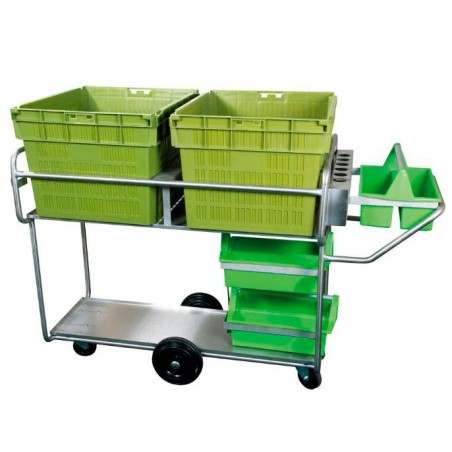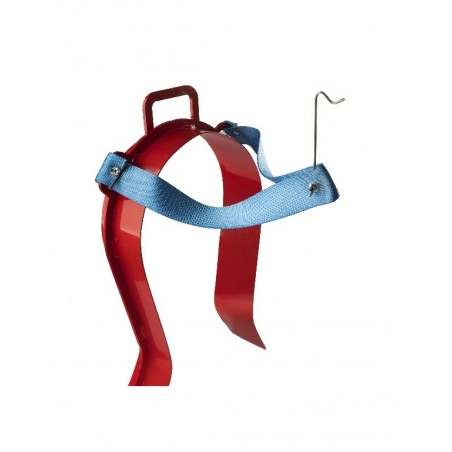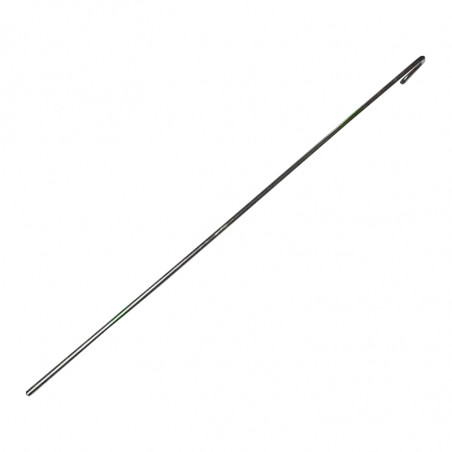The objective of the study was to compare the reproductive performances of gilts and weaned sows grouped at different days after insemination. The study was conducted on a sow farm in the Midwest of Paraná State, Brazil, using Landrace × Large White crossbred animals. The groups of comparison have considered the distribution of gilts (n = 407) and sows (parity 1 to 5; n = 843) according to the day of group housing in collective pens in relation to the day of last insemination (AI). Thus, gilts were distributed in four groups of comparison: group housing on days 1, 2, 3, or 4 after the last AI. Sows were distributed in three groups of comparison: group housing on the day after the last AI (0), at day 1 or 2 after the last AI. Farrowing rate, the total number of piglets born, and return to estrus were recorded. In a subsample (254 gilts and 622 sows), the presence and the score of skin lesions (0, no lesions; 1, low; 2, moderate; or 3, high) were evaluated 24 and 48 h after mixing. Statistical analysis was performed using the SAS® 9.4 software using the GLIMMIX procedure. Comparisons of means were performed using the Tukey–Kramer test and frequencies by logistic regression.
Group housing gilts on different days after insemination did not affect farrowing rate, total born, and return to estrus. However, sows mixed 2 days after AI had a reduction in total born compared to those mixed on day 1, without differences from sows mixed on the day of the last AI. All the females had low (score 1; 60.5%) or moderate (score 2; 39.5%) skin lesions. For both female categories, the presence of low or moderate lesion scores did not affect return to estrus, farrowing rate, and total born. Fights within 48 h were not severe enough to compromise reproductive performance.

In conclusion, group housing gestating sows 2 days after breeding compromised litter size; however, mixing gilts on days 1 to 4 after breeding did not impair reproductive performance.
Magoga J, Vier CE, Mallmann AL, et al. Reproductive performance of gilts and weaned sows grouped at different days after insemination. Tropical Animal Health Production. 2023; 55: 31. https://doi.org/10.1007/s11250-022-03444-9






